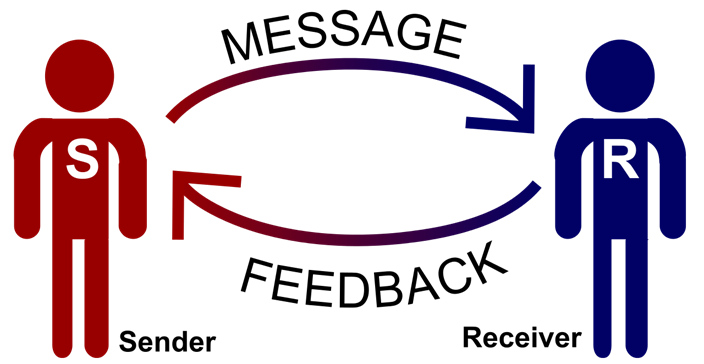A nurse is planning care for a 4-year-old child who requires airborne precautions. Which of the following activities should the nurse plan for the child?
Constructing a model airplane
Pulling a wagon with toys in the hallway
Putting a large-piece puzzle together
Watching a video game in the playroom
The Correct Answer is C
Choice A reason: This choice is incorrect because constructing a model airplane is not an appropriate activity for a 4- year-old child who requires airborne precautions. Airborne precautions are infection control measures that prevent the transmission of microorganisms that can be spread by small droplets that remain suspended in the air, such as tuberculosis, measles, or chickenpox. They involve placing the child in a negative-pressure room with a HEPA filter, wearing a respirator mask, and limiting movement outside the room. Constructing a model airplane may involve small parts that can be choking hazards, sharp edges that can cause injury or glue that can cause irritation or allergy. Therefore, this activity may not be safe or suitable for the child.
Choice B reason: This choice is incorrect because pulling a wagon with toys in the hallway is not an appropriate activity for a 4-year-old child who requires airborne precautions. As explained above, airborne precautions involve limiting movement outside the room to prevent exposure and transmission of microorganisms. Pulling a wagon with toys in the hallway may violate these precautions and increase the risk of infection for the child and others.
Therefore, this activity may not be allowed or advisable for the child.
Choice C reason: This choice is correct because putting a large-piece puzzle together is an appropriate activity for a 4-year-old child who requires airborne precautions. Putting a large-piece puzzle together can help to stimulate the child's cognitive, visual, and fine motor skills by requiring them to match shapes, colors, and patterns. It can also help to reduce boredom, frustration, or anxiety by providing entertainment, diversion, or achievement. Therefore, this activity may be beneficial and enjoyable for the child.
Choice D reason: This choice is incorrect because watching a video game in the playroom is not an appropriate activity for a 4-year-old child who requires airborne precautions. As explained above, airborne precautions involve limiting movement outside the room to prevent exposure and transmission of microorganisms. Watching a video game in the playroom may violate these precautions and increase the risk of infection for the child and others.
Therefore, this activity may not be permitted or recommended for the child.
Nursing Test Bank
Naxlex Comprehensive Predictor Exams
Related Questions
Correct Answer is A
Explanation
Choice A reason: This is a therapeutic response that acknowledges the parent's feelings and provides reassurance that the behavior is normal and temporary. The other responses are either dismissive, judgmental, or self-disclosing, which are not helpful for the parent.
Choice B reason: This is a judgmental response that implies that the parent is overreacting or has unrealistic expectations for their child.
Choice C reason: This is a dismissive response that minimizes the parent's concern and does not offer any support
or information.
Choice D reason: This is a self-disclosing response that shifts the focus from the parent to the nurse and does not
address the issue at hand.

Correct Answer is A
Explanation
Choice A: This action is appropriate for a 10-year-old child who will be hospitalized for an extended period of time, as it meets their psychosocial needs according to Erikson's stage of industry versus inferiority. In this stage, which occurs from age 6 to 12 years, children develop a sense of competence and achievement by mastering skills and tasks that are valued by society. Encouraging the client to complete school work can help them maintain their academic progress and self-esteem.
Choice B: This action is not appropriate for a 10-year-old child who will be hospitalized for an extended period of time, as it does not meet their psychosocial needs according to Erikson's stage of industry versus inferiority. In this stage, which occurs from age 6 to 12 years, children need consistency and structure to develop a sense of competence and achievement. Varying the child's schedule each day can cause confusion and stress for them.
Choice C: This action is not appropriate for a 10-year-old child who will be hospitalized for an extended period of time, as it does not meet their psychosocial needs according to Erikson's stage of industry versus inferiority. In this stage, which occurs from age 6 to 12 years, children need opportunities to master skills and tasks that are valued by society. Providing a daily session with a play therapist can help them cope with their emotions and fears, but it does not help them develop their competence and achievement.
Choice D: This action is not appropriate for a 10-year-old child who will be hospitalized for an extended period of time, as it does not meet their psychosocial needs according to Erikson's stage of industry versus inferiority. In this stage, which occurs from age 6 to 12 years, children need social support and peer interaction to develop a sense of competence and achievement. Discouraging visits from the client's friends can cause isolation and depression for them.
Whether you are a student looking to ace your exams or a practicing nurse seeking to enhance your expertise , our nursing education contents will empower you with the confidence and competence to make a difference in the lives of patients and become a respected leader in the healthcare field.
Visit Naxlex, invest in your future and unlock endless possibilities with our unparalleled nursing education contents today
Report Wrong Answer on the Current Question
Do you disagree with the answer? If yes, what is your expected answer? Explain.
Kindly be descriptive with the issue you are facing.
